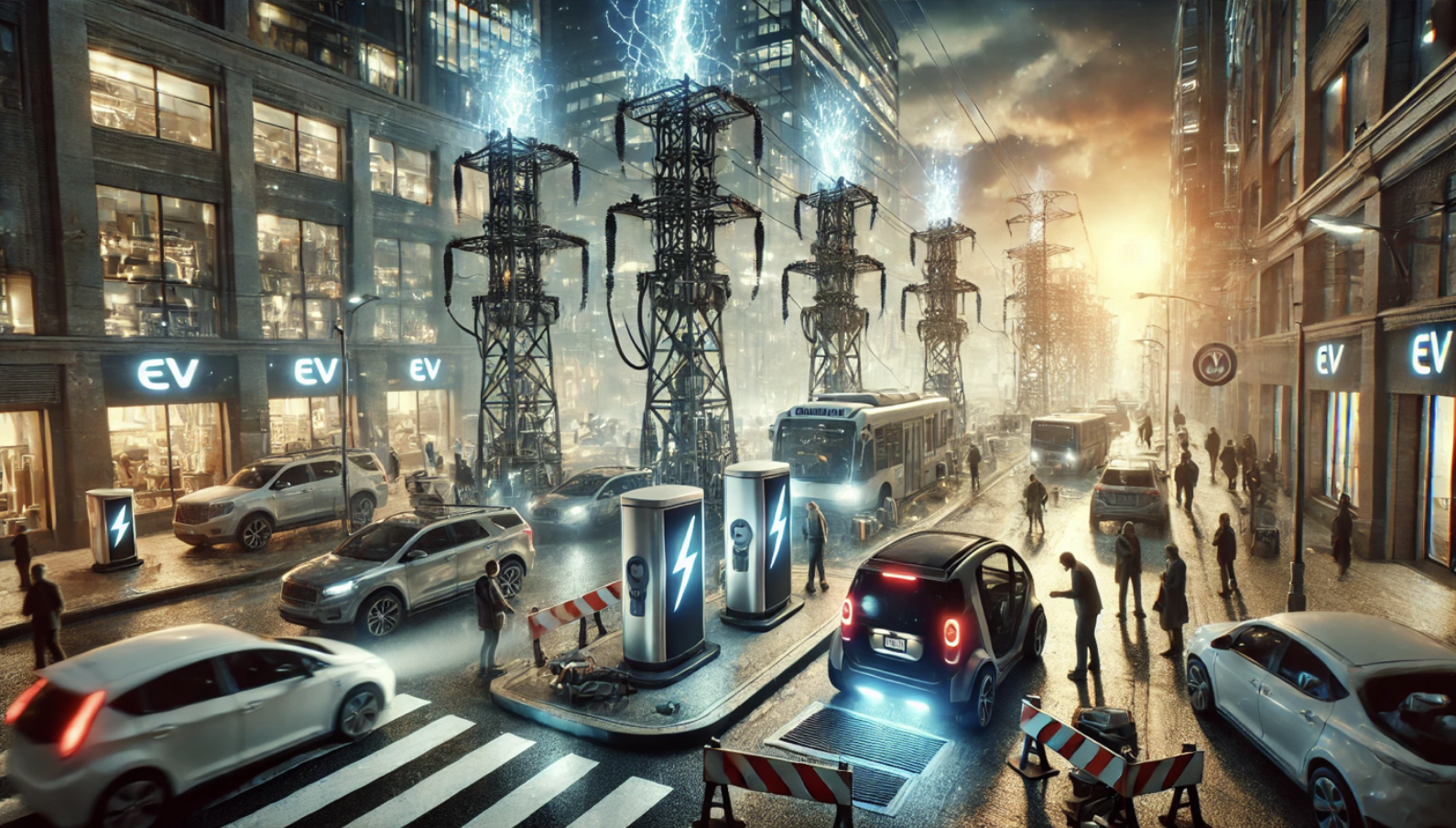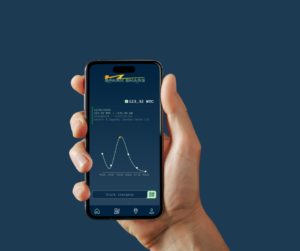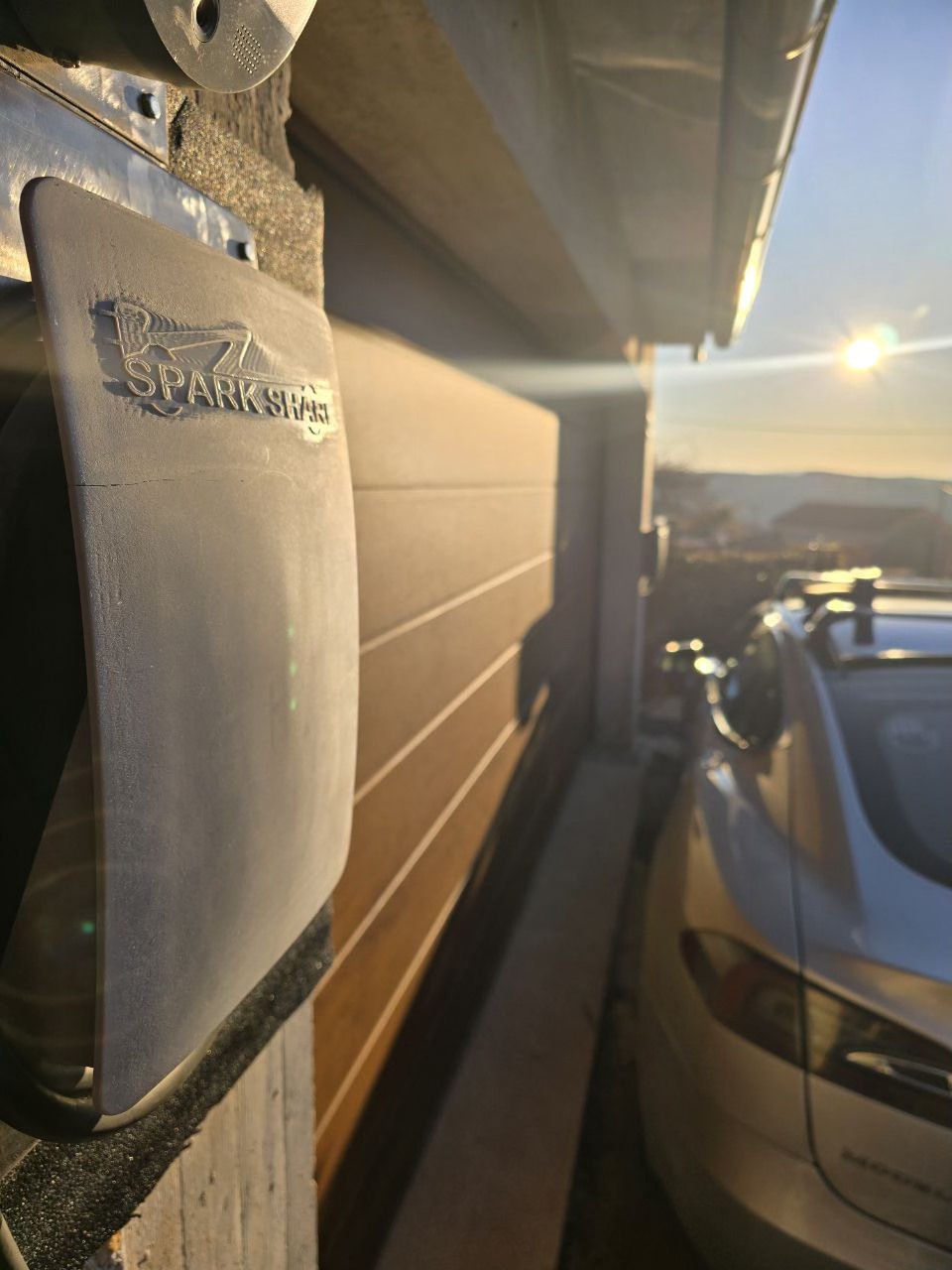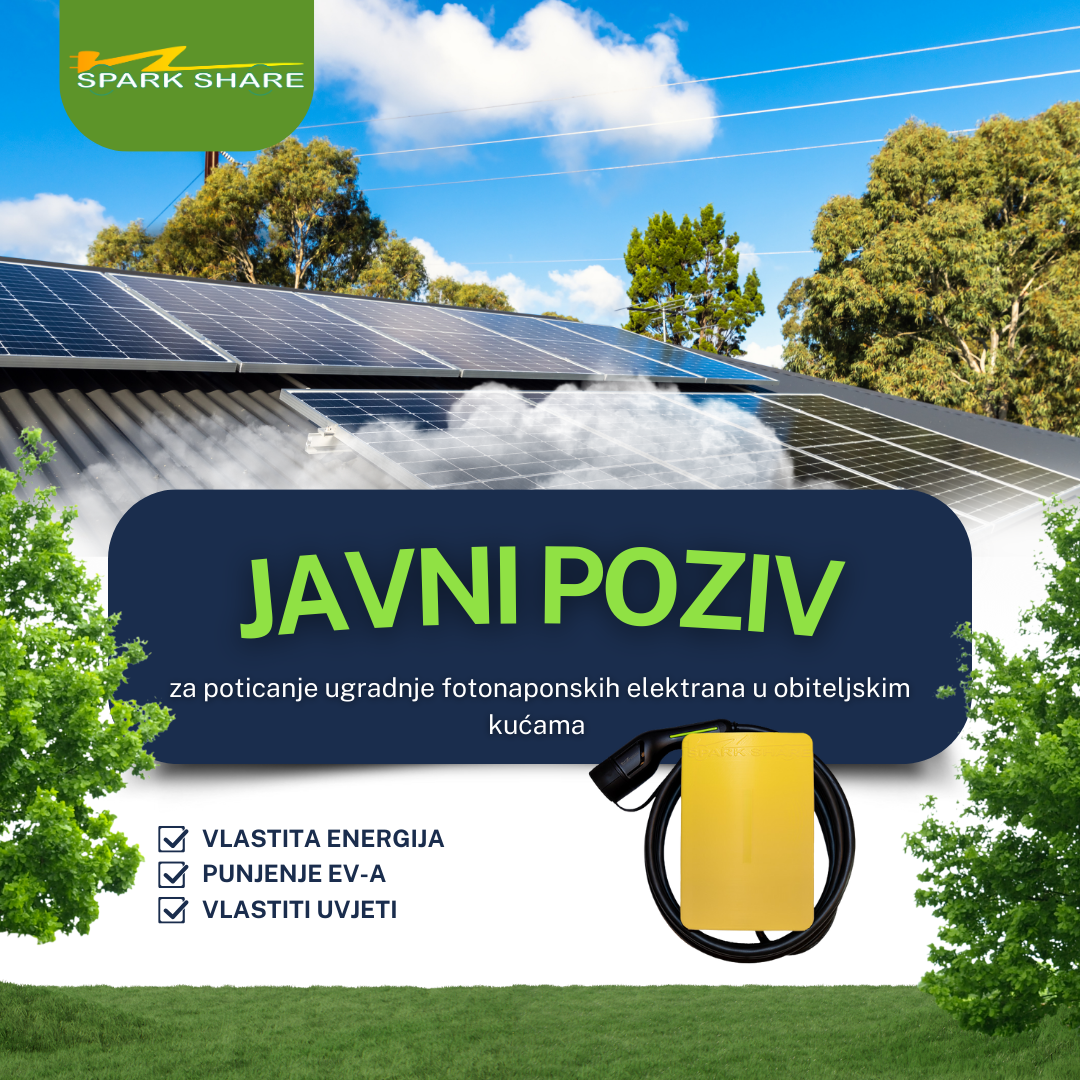
Do We Have Enough Electricity?
Two years ago, I started driving an EV, encouraged by a colleague known for his willingness to test alpha versions of various products. By that time, he already had several years of experience. A bit of persuasion from him, combined with the fact that PPMV becomes unbearable after a certain amount of CO₂, led me to become a new EV driver, owning a four-year-old Model S.
Then came the explanations from people I interacted with—how great it was that I got an EV for city driving, but that there was “no way” it could replace ICE vehicles. One of the most common arguments was that there wouldn’t be enough electricity and that the power grid in Croatia (and beyond) would collapse.
I can’t say for sure whether this belief stems from human intuition or if it’s influenced by social media posts and articles from the other side (the one that still wants to sell oil). But let’s analyze it.
My personal intuition says this shouldn’t be a problem. I still remember the mid-1980s and electric thermal storage heaters with three-phase connections. I also remember that all light bulbs were regular, not energy-saving, and that TVs consumed much more power than today’s models. I now know that for city driving, my car requires a maximum of 20 kWh per day, meaning 10 hours of charging overnight on a regular 10A socket is more than enough. In practice, that means charging only once or twice a week.
Now, let’s calculate on a national level. According to the Croatian Bureau of Statistics (DZS), around 2 million passenger cars are registered in Croatia. Let’s assume that an average car travels about 15,000 km per year. Data from the European Alternative Fuels Observatory (EAFO) shows that typical EV consumption is around 15–20 kWh per 100 km. For this estimate, we’ll use 20 kWh/100 km. That means one EV consumes around 3,000 kWh per year.
The total transmitted energy in the Croatian power grid, according to HOPS, is around 25 TWh – https://www.hops.hr/elektroenergetski-podaci.
Interestingly, electricity consumption in Croatia has been decreasing over the years, while new energy sources like solar and wind power are being installed.
If every single car switched to electricity overnight, the total consumption would increase by 3,000 kWh * 2,000,000 vehicles per year, which equals about 6 TWh—an increase of 24%.
Realistically, within the next 15–20 years, we might reach a maximum of 50% EV adoption. This doesn’t even consider additional consumption optimizations and the installation of off-grid solar systems with batteries, which will certainly ease the load on the grid. That means the impact on the power grid would be less than 12%!
Any discussion about peak loads is largely irrelevant since real-world data shows that EVs are usually charged at night when electricity rates are lower, and grid demand is at its lowest. On highways, it is expected that “charging stations” with ultra-fast chargers will (or already do) have solar panels and batteries to minimize costly grid connections.
So, the argument that “there isn’t enough electricity” doesn’t hold up. Instead, we should be asking ourselves: what will we do with the budget surplus saved from not purchasing oil and its derivatives?






